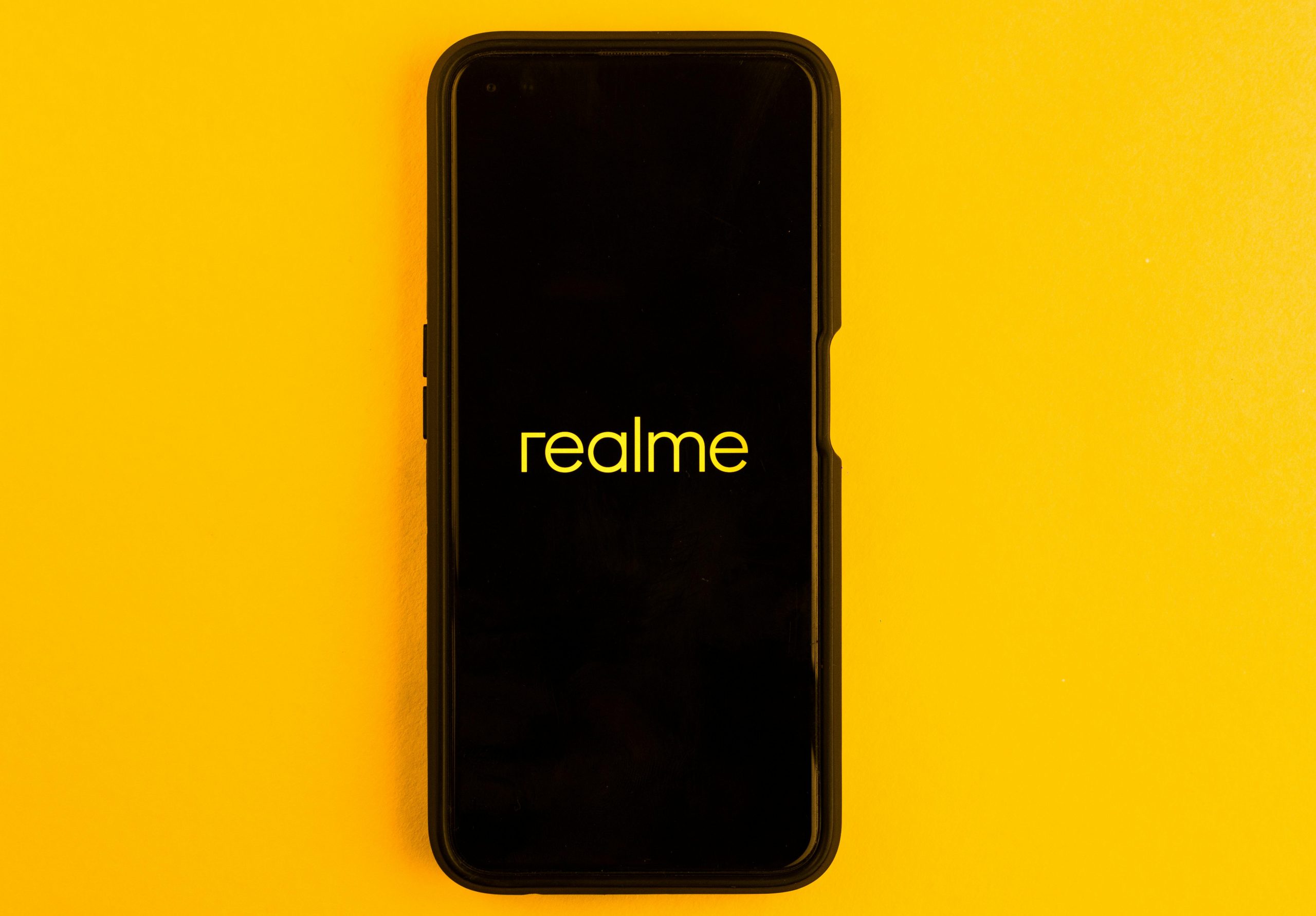Troubleshooting a Black Screen Issue When Launching Games on Your PC
If you’ve been experiencing intermittent black screens on your PC—particularly when launching games or during startup—you’re not alone. This common issue can stem from various hardware or software problems, and understanding how to diagnose and resolve it can save you time and prevent further damage.
Understanding the Problem
Users have reported situations where their PC powers on normally, but the monitor remains blank or black when attempting to launch games or even during initial boot-up. Sometimes, the system boots into Windows without issue, only to exhibit black screens during gaming sessions or certain operations. This inconsistency indicates that the root cause could be related to graphics hardware, display connections, or other system components.
Common Symptoms:
- PC turns on and boots into Windows normally.
- Monitors stay blank or display a black screen when launching games.
- PC remains powered on but the display connection is lost.
- Occasional successful startup with subsequent black screens during gaming.
Troubleshooting Steps
- Check Hardware Connections
- Ensure that your monitor cables (HDMI, DisplayPort, DVI) are securely connected.
- Verify that the monitor itself is functioning correctly by testing with another device or cable.
-
Inspect the graphics card (GPU) connections; reseat the card to ensure it’s properly plugged into the PCIe slot.
-
Reseat RAM and Graphics Card
- Power down your PC and unplug it from the power source.
- Carefully remove and then reseat the RAM modules to ensure they are firmly connected.
- Reseat the GPU, ensuring it clicks into place and is locked into the PCIe slot securely.
-
Clean the PCIe slot and the contacts on the GPU using compressed air if necessary.
-
Verify Power Supply and Cabling
- Double-check all PSU connections, especially the power connectors to the GPU.
-
Ensure that the power supply is providing adequate and stable voltage.
-
Update or Reinstall Graphics Drivers
- Boot into Windows in Safe Mode if necessary.
- Update your graphics drivers to the latest version from the GPU manufacturer’s website.
-
If issues persist, consider performing a clean reinstall of the drivers.
-
Test Hardware Components
- Use onboard graphics (if available) to determine if the discrete GPU is causing the problem.
- Remove the GPU temporarily and connect your monitor to the motherboard video output.
- Boot
Share this content:



